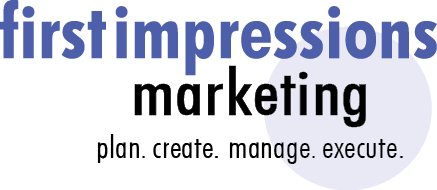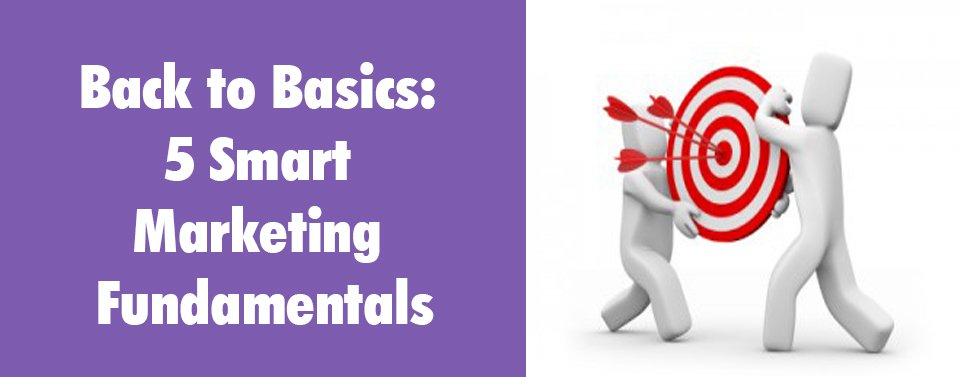What’s in a name? A marketing guru looks at the former Revel’s new brand, Ten
Nancy Sipera, guest columnist in the Philadelphia Business Journal
What does your logo and name say about you to clients and prospects? For the former Revel Casino, newly renamed Ten, that’s the question that people are asking.
Upon first hearing the new name, Ten, the image that came to mind was – honestly, nothing came to mind. Well, the number 10 was pictured in my mind, yes, but that’s all. I asked a colleague what he thought of when he heard the name Ten and he said, “Bo Derek.” Not a bad image to conjure up, I’ll admit. I’ll tell you what I didn’t envision – glamour, decadence, luxury, or elegance – words that have been used to describe Ten in various recent articles. Or cool, serenity, and tranquility – direct from Ten’s new website.
The logo itself is a distorted infinity symbol – it looks more like a fish. I can understand the connection to the sea, as Ten is located at the Jersey Shore. Not sure what message the infinity symbol is supposed to convey.
The main goal of a logo/name is to convey a message or instill a feeling. Are you a formal firm that wants to instill trust and impart wisdom based on decades of experience – or do you want to provide fun, excitement and lasting memories? These two examples are very different, and you would expect to see a logo that matches these core messages, right? All too many times, that’s not the case. Here are some suggestions on how to choose the right logo for your company.
Paint a Picture: The primary goal of your name and logo should be to convey the essence of your company. Which is why I’m not a fan of the “three letter name.” What does “FBD” conjure up in your mind? Not much (unless you are IBM and have millions to spend on branding). The ‘made-up name’ is another example of this. This is when the company name is created from a combination of words – maybe the first letter of each of your kids names, plus part of your last name that equals…Manstan? What does this word mean to your potential clients? While it has significant meaning to you, it doesn’t say much to your prospective customers. The same goes for numbers – for many of us, numbers don’t hold significant meaning. Sure, there’s “lucky 7” – and that might have been a better choice to attract those who are hoping that Ten will bring them luck at the casino. Or “perfect 10” which is what I think they were trying to convey with this name choice. Maybe it’s the cynic in me, or just that I’ve lived in the Philly area too long, but I foresee people poking fun of this name at their expense, referring to Ten as “Two” once the negative reviews start coming in.
Use Colors that Appeal to your Audience. Colors are very telling – and we as consumers make immediate assumptions based on what we see. Blue is a color of confidence and wisdom, which is why you see so many financial institutions branded in blue. It also conveys serenity and calmness. Orange represents youth, enthusiasm and change. Red means power and also love. Yellow is associated with joy. Green is connected with nature and conveys freshness. Dark green means money. Purple symbolizes luxury and ambition. Black means power, death and mystery.
I think that the blue in Ten’s logo delivers the message of relaxation. I might have also used a hint of orange to represent youth and change, and also purple, which conveys royalty and luxury. Both are messages that we want to impart about our new decadent destination.
It’s Not About You. While company leaders should love their logo, it’s also important to remember that it’s not just about you – it’s about your customers and prospects. Think about how someone will interpret your logo after seeing it for the first time. Do the colors relay your intentions? Does the look and feel match your company’s key messages? If not, then it may be “back to the drawing board.”
The new Ten is the comeback kid with much at stake – it needs to show us that it can succeed where Revel did not. Here’s to rolling the dice on Ten. May the name exceed our expectations.




